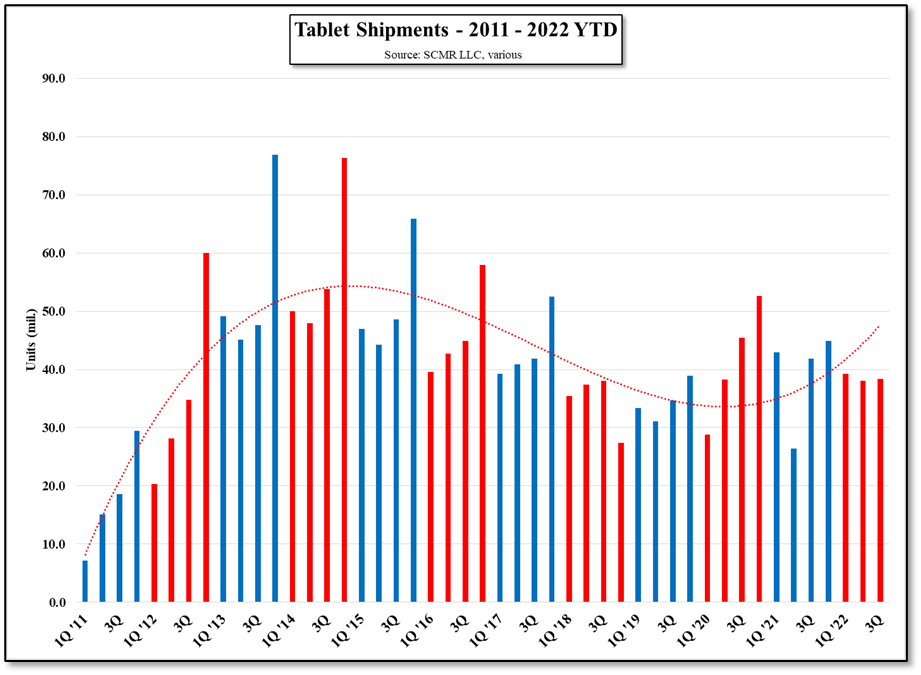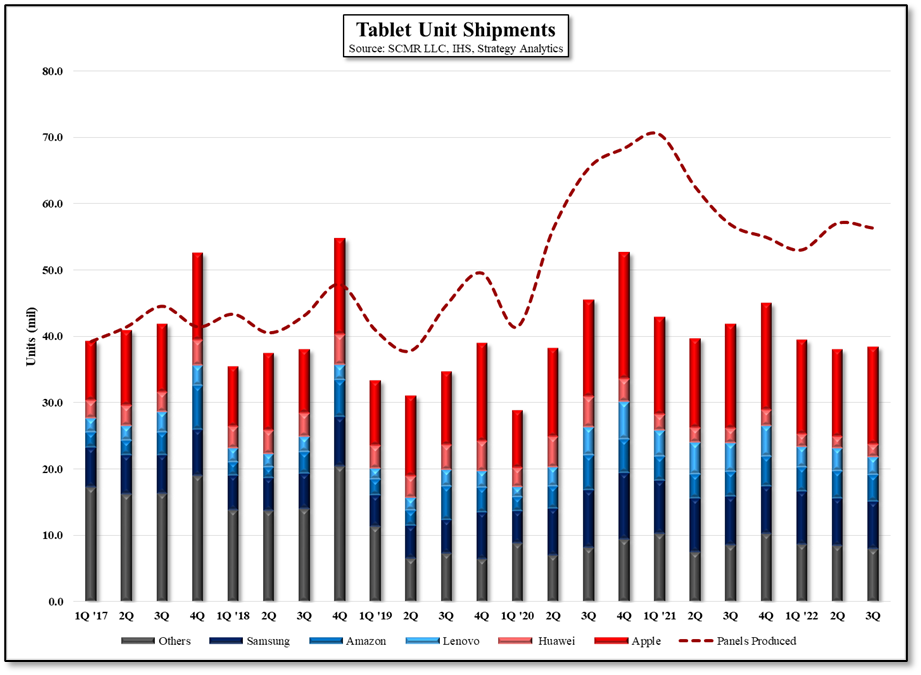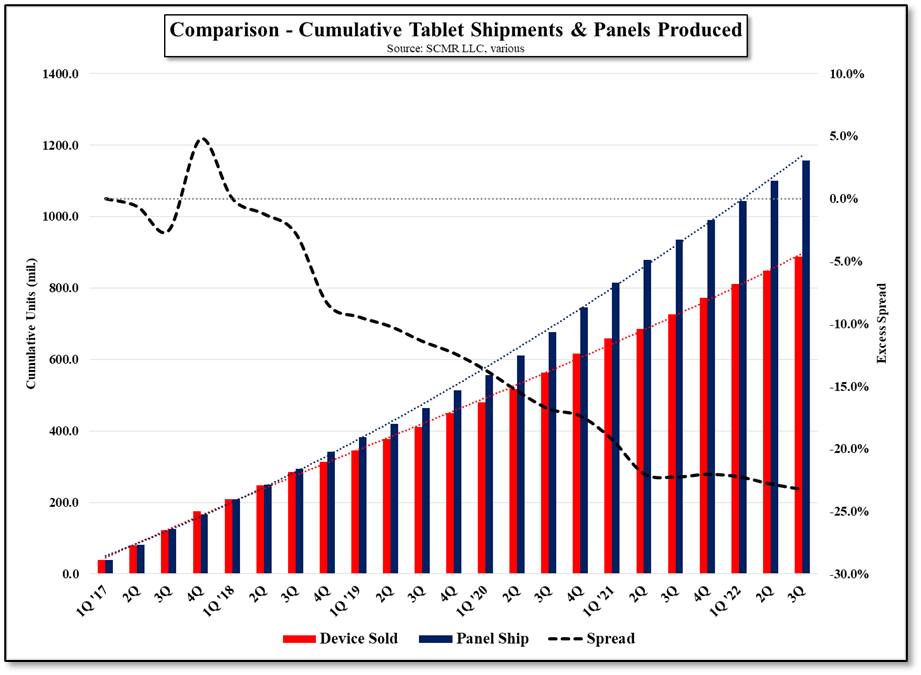Solution, Solution
Since then it has become known that SDC is either replacing or adding IJP capacity to its QD/OLD line using Kateeva IJP to deposit quantum dot materials, with South Korea’s HB Solutions (297890.KS) as the provider of software that sits on the Kateeva tool, and delivery of the combined tool set is expected this month under a $10.2m contract with HBS. SDC was said to have already purchased the Kateeva tool late last year and provided it to HBS for the software modification. As HB Solutions made a $13.5m investment in Kateeva earlier this year and also purchased rights to additional Kateeva patents in the US, there was a point at which, if the deal between Kateeva and SDC did not go through, HB Solutions would become the owner of some of Kateeva’s collateralized patents, but it seems that any recent delays had little to do with Kateeva.
While it will take some time to bring the Kateeva tool into full production, we expect that the addition of this new IJP tool is part of the increased capacity SDC has been touting in relation to its QD/OLED fab. Earlier yield issues are now assumed to be at least in part, related to the SEMES IJP tools, and the use of the Kateeva/HBS tool should allow SDC to bring QD/OLED yields even higher than the recent 85% rate that has been estimated. The battle over who should supply IJP to the QD/OLED project has been going on since early 2020 (likely even before that date), and now seems finally resolved with Kateeva the winner after Kateeva had spent considerable capital developing the tool for SDC. While SDC’’s original choice of the SEMES IJP tool almost cost Kateeva its existence, it seems SDC has had enough sense to admit they were wrong and make the change, something a bit less common than one might think in the display space. All in, it is a positive for HBS and Kateeva, but more so for SDC, who needs to expand QD/OLED capacity with as little capital as possible.




 RSS Feed
RSS Feed